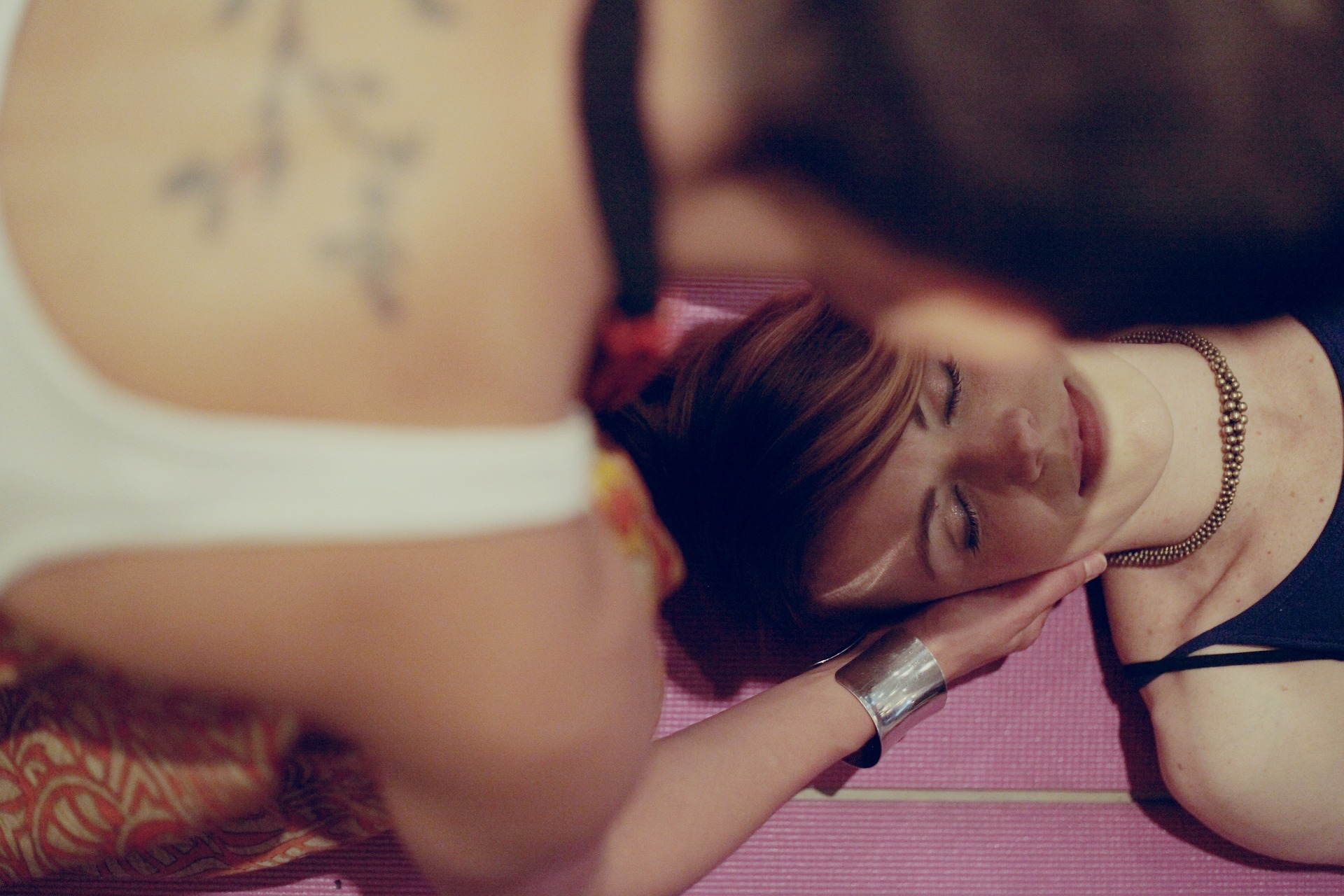The Silent Dance of Anxiety: Understanding Its Hidden Choreography
For some, anxiety is a fleeting feeling that comes and goes. For others, it's a constant companion—an invisible dance partner that leads them through a relentless, exhausting routine. Anxiety is a universal human experience, a mechanism that our ancestors developed to help them survive. Today, however, its function has become less clear, and its prevalence, more concerning. This article will delve into the intricate dance of anxiety, tracing its historical context, its current relevance, and the latest research and insights into its nature, impact, and management.

The Historical Footsteps of Anxiety
Anxiety is not a modern phenomenon. It has been with us since the dawn of humanity, emerging as a survival mechanism in our primitive ancestors. When faced with imminent danger, anxiety triggered a fight-or-flight response that enabled quick reactions. In this context, anxiety was a life-saving asset.
The ancient Greeks were among the first to identify and analyze anxiety as a medical condition. They described it as “distress without apparent cause,” and Hippocrates, the father of medicine, associated it with the balance of four bodily fluids or “humors.” Over time, theories of anxiety evolved, reflecting the changing understanding of the human mind and body.
Anxiety in the Spotlight of the Modern Era
In today’s fast-paced, interconnected world, anxiety is more relevant than ever. The World Health Organization (WHO) reports that anxiety disorders are the most common mental health conditions worldwide, affecting an estimated 264 million people globally. The proliferation of anxiety is often attributed to the pressures of modern life, with factors such as work stress, social media, and global uncertainty playing significant roles.
The current COVID-19 pandemic has further highlighted anxiety’s prevalence. The uncertainties surrounding the virus, combined with social isolation and economic instability, have caused a surge in anxiety levels worldwide. This underscores the crucial need for understanding and managing anxiety in our contemporary world.
The Choreography of Anxiety: New Insights and Research
Recent research into anxiety has revealed its complex choreography. Anxiety is not just an emotional state, but a dance that involves the brain, body, and environment. Neuroscientists have discovered that anxiety activates a specific network in the brain—the amygdala and the prefrontal cortex—that regulates fear and stress responses.
Furthermore, anxiety is not simply a “negative” emotion; it has a dual nature. Moderate anxiety can enhance performance by keeping us alert and focused. However, when anxiety becomes chronic or excessive, it can disrupt daily life, leading to mental health disorders such as panic disorder, social anxiety disorder, and generalized anxiety disorder.
The Tug of War: Impact and Reception of Anxiety
The impact of anxiety extends far beyond the individual. It ripples through families, workplaces, and societies, affecting physical health, productivity, and social relationships. The economic cost of anxiety is substantial, with billions spent on healthcare, therapy, and lost workdays annually.
Despite its prevalence and impact, anxiety is often misunderstood and stigmatized. Many people with anxiety suffer in silence, afraid of being judged or misunderstood. However, the tide is beginning to turn. Celebrities and public figures openly discussing their struggles with anxiety are helping to normalize the conversation, reducing the stigma associated with mental health disorders.
Taming the Dance: Approaches to Managing Anxiety
Though anxiety can feel overwhelming, it is not a dance one needs to perform alone. Various approaches can help manage and alleviate anxiety. Cognitive-behavioral therapy (CBT) is a commonly used method that helps individuals understand and change thought patterns leading to anxiety.
Mindfulness and meditation practices have also proven effective in managing anxiety. These techniques train the mind to stay present and focused, reducing the tendency to worry about the future.
Moreover, physical activity can help reduce anxiety levels by lowering the body’s stress hormones and releasing endorphins, the body’s natural mood lifters. A balanced diet, adequate sleep, and maintaining social connections are also crucial in managing anxiety.
The Dance Continues: Future Directions
Understanding and managing anxiety is an ongoing dance—one that requires continual research, awareness, and compassion. As we move forward, it is essential to continue advocating for mental health awareness and education, investing in research, and developing effective treatments and interventions. Only then can we hope to understand the complex choreography of anxiety fully and help those who are caught in its relentless rhythm.




